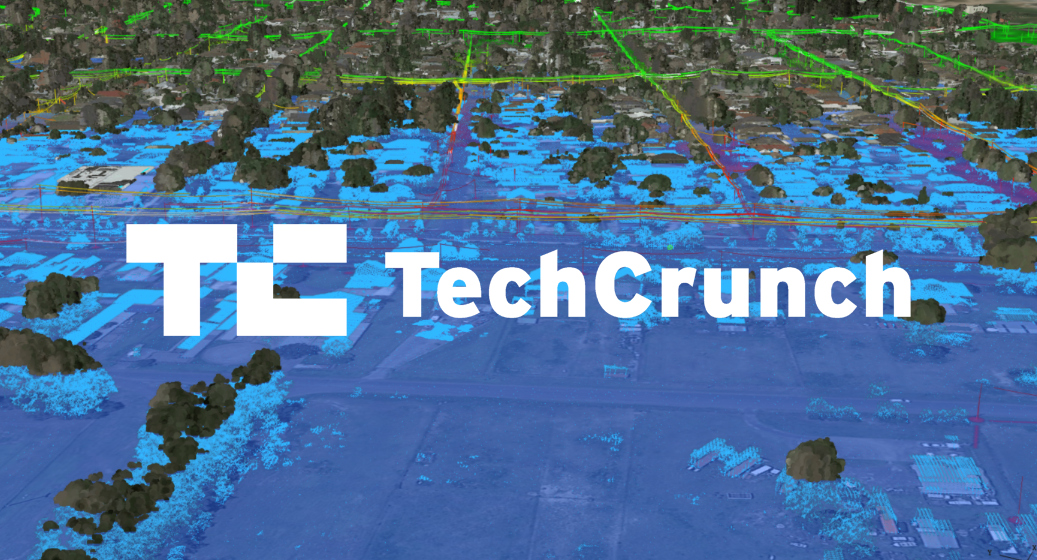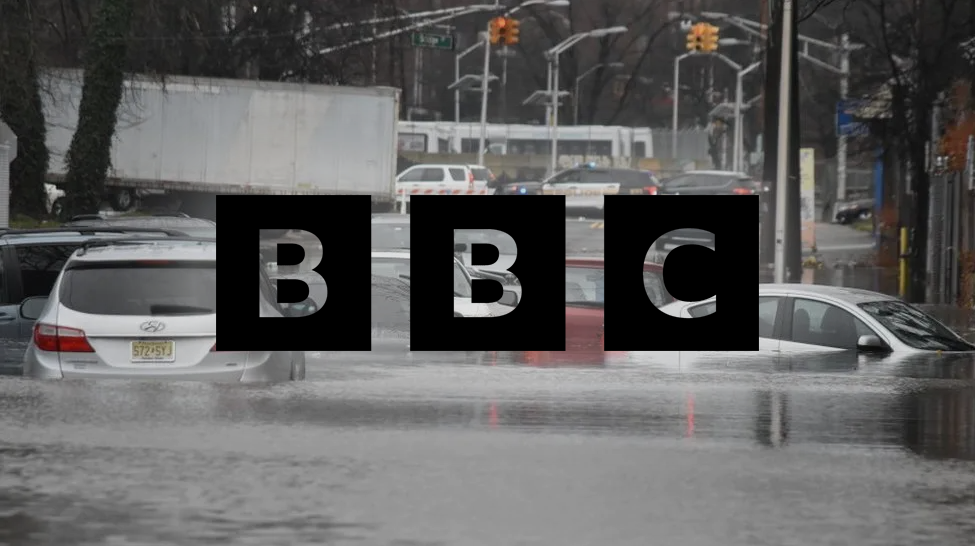Resources
Ecogeneration: Holistic Data Solutions in the Transition to Clean Energy
Resources
EcoGeneration: Holistic Data Solutions in the Transition to Clean Energy
Maximizing the efficiency of existing grid infrastructure through data is essential as Australia transitions to renewable energy.
By Jack Curtis
Transitioning Australia’s electricity grid to accommodate the significant influx of proposed renewable energy is one of the most important tasks on our national agenda, with the Federal Government and state and territory governments implementing new legislation to facilitate the shift – including the landmark Rewiring the Nation program. Australia’s current dependence on coal is well publicized, with the fossil fuel being one of the nation’s largest export commodities of the past century. However, ahead of 2030 and 2050 climate targets, the public and private sectors have increased their support to accelerate the retirement of coal and prioritise decarbonisation and renewables. Despite industry leaders’ commitment to accelerate the shift to green energy, the degree of difficulty associated with realising such a transition is significant, particularly from a grid-readiness perspective. Achieving Australia’s clean energy goals will not only require 82 per cent more renewables by 2030, but a set of holistic solutions that address the entire energy lifecycle, particularly electricity network optimisation and access.
UNDERLYING CHALLENGES WITH GRID MODERNISATION
Currently, one of the greatest issues facing electricity network modernisation is the relative lack of visibility into the efficiency of our existing grid. As a result, we have a sub-optimised view when assessing the roadmap for connecting renewables. This dynamic affects the owners and operators of electricity networks and those seeking to connect renewable generation to them.
Australia’s renewable energy generation goals are largely proposed to rely on the construction of new network infrastructure that connects renewable energy zones (REZs). While REZs are an important component of the sustainable energy transition, other avenues within the existing network should be explored.
We have extensive data sets on hand for different aspects of grid operation and performance, ranging from line ratings and vegetation management, to pole analysis and power flow, but this data is often siloed. Without a unified solution connecting the dots between data sets, the shift to renewables and clean energy will be prolonged – something we cannot afford as coal plants shut down ahead of schedule.
The importance of each unique data set should not be underestimated, as any change or problem can set off a ripple effect across the entire network. If we are unable to secure a clear, unified picture of what is happening on the grid based on these variables, we won’t have the right information to form an accurate starting point from which to move forward.
To maximise the role network utilities can play in the clean energy transition, we must seek to identify underutilised grid capacity through comprehensive data analysis.
Data analysis and digital twin modelling platforms are paramount to unlocking underutilised network capacity as they allow the analysis of network assets at scale with an unprecedented degree of insight and velocity. This process vastly improves our ability to identify where potential solutions can be enabled.
Paired with new transmission infrastructure and renewable zones, the existing network and embedded generation have an important role to play in achieving Australia’s renewable goals in the most efficient and cost-effective way.
SOLUTIONS TO DRIVE POSITIVE CHANGE
All of the aforementioned challenges likely stem from one of the most common misconceptions of the industry: that the road to renewables will bring significant costs, or require building new solutions and infrastructure.
While building new infrastructure is going to be a critical component of utility modernisation, we need to explore other strategies to optimise the cost and efficiency of delivering the transition. Specifically, leveraging existing resources that will help us take substantial steps towards meeting our climate goals while concurrently investing in new infrastructure.
Without the contribution of existing resources, we will hit a nationwide roadblock to achieving clean energy targets as we simply won’t be able to bring new resources online quickly enough.
Policy change that supports the renewable transition is also paramount to driving further action. With a targeted, long-term clean energy strategy from government, the necessary response to rewiring the grid will bridge the gap between underutilised network capacity and infrastructure development.
Additionally, governments could nurture greater collaboration between all parties to incentivise greater data transparency. This will allow energy providers, stakeholders and other relevant parties to have a holistic perspective on issues that need to be addressed, as well as bringing increased clarity on what insights each sector operates within throughout the energy transition.
ONE HOLISTIC PLATFORM
A solution to achieving seamless communication throughout the transition to renewable energy is the implementation of one holistic platform to analyse various external and internal data points concurrently.
Right now, we operate with data in silos on different parts of the network which prevents us from gaining a clear picture of the current state of play. One platform that holds data in a centralised place will ensure greater collaboration, transparency and visibility – ultimately accelerating the transition to renewable energy.
With a unique industry-wide commitment across the public and private sectors to genuinely transition Australia’s energy mix to a cleaner future, we must not underestimate the challenge of what has to be delivered, both in generation and network capacity. Relying on old methods will not be enough. Leveraging genuine innovation in data transparency, dissemination, modelling and analysis are key tools in our arsenal.
“One platform that holds data in a centralised place will ensure greater collaboration, transparency and visibility — ultimately accelerating the transition to renewable energy.”
Find the full February 2023 issue HERE from EcoGeneration. You can find Jack’s article on pages 38-39.
Reach out. We’re very friendly.
Contact us to learn more, schedule a demo, inquire about a pilot project, or discuss other needs.




